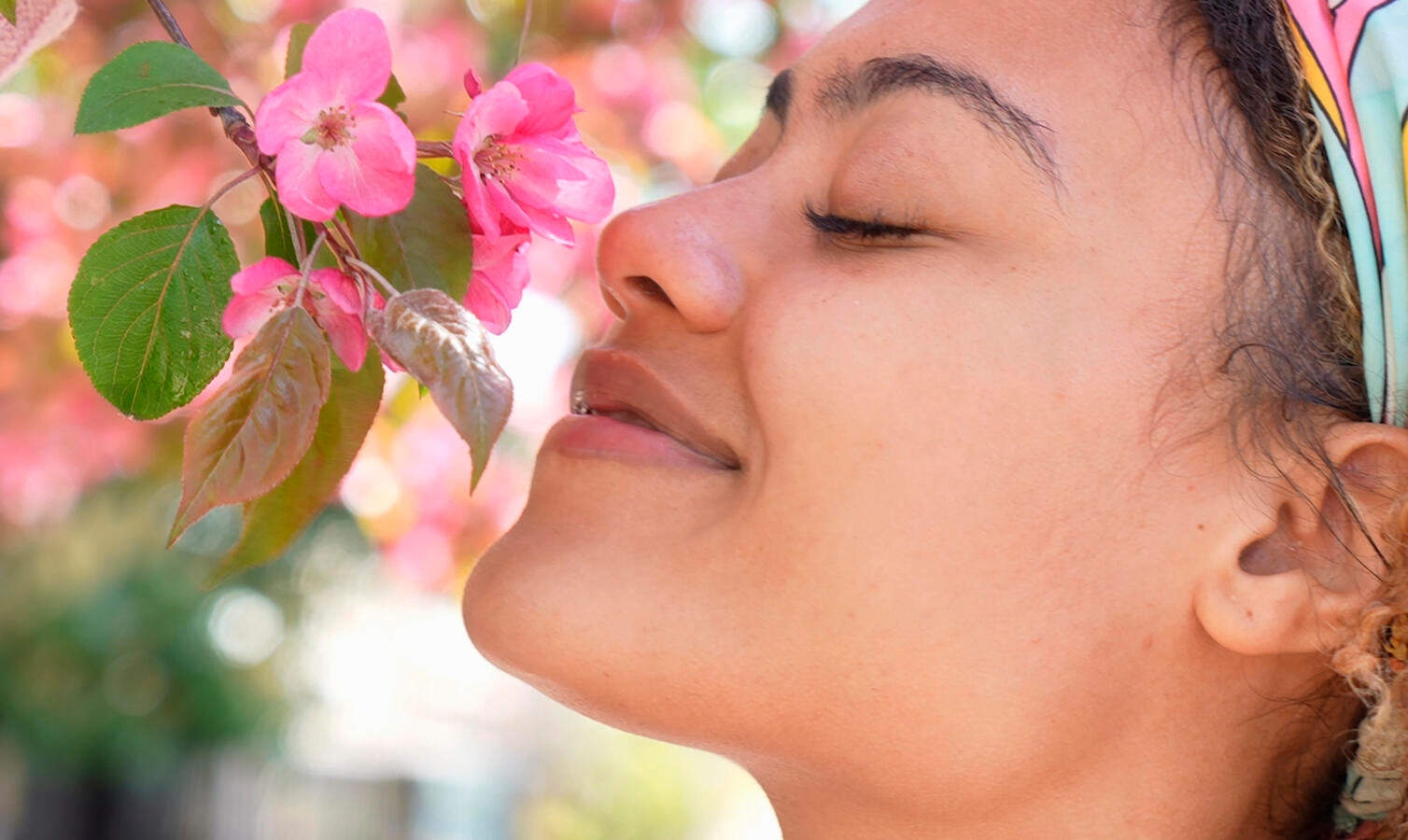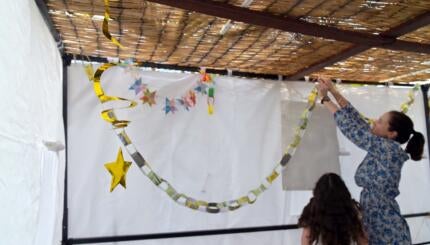A few days ago, we entered Adar, the Hebrew month in which we celebrate Purim, a raucous, high-energy Jewish Mardi Gras of a holiday. It’s a time to cast off the doldrums of winter, don costumes and masks, chant the Book of Esther recounting the deliverance of the Jews of ancient Persia from annihilation, stage bawdy spiels, and intoxicate ourselves with strong drink and wild dancing. As the Talmud says, “When Adar enters, joy is increased.” And in this leap year, which features not one but two months of Adar (we’ll actually celebrate Purim during Adar II), our joy is ostensibly doubled.
Right now, though, joy feels elusive. Over the past two years of this pandemic, there have certainly been bright spots, a joyous wedding celebration in the open air here, an online baby naming there, the faces of friends radiating love through their little Zoom squares. Still, many of us are stretched to the breaking point, struggling to find safe ground and calm our hearts amid waves of hardship and heartbreak.
Back in the spring of 2020, when the pandemic first overtook us, I found myself stuck in my home office, facing a computer screen for hours on end. Seeking ways to refresh my space, I discovered the website of a healer in Los Angeles who creates Crystalline Essence sprays – distilled water infused with crystals, essential oils, and blessings. I immediately ordered four bottles of the stuff, whose label promised the qualities that I felt desperately in need of: calming, forgiveness, hope and joy.
A whiff of sandalwood and rose geranium, like the smell of grass and bark after the winter rains or the heady sweetness of the star jasmine just beginning to bloom now in California, can certainly lighten the spirit and ease the heart. The olfactory bulb, our smell organ, connects directly to the limbic system, the emotional center of the brain. Our ancestors understood this when they placed an incense altar in the mishkan, the shrine at the heart of the Israelite camp in the wilderness, directly in front of the curtain partitioning off the Holy of Holies. There, a secret mixture of herbs and spices burned from morning to evening to purify, sanctify, and raise the spiritual vibration.
With your help, My Jewish Learning can provide endless opportunities for learning, connection and discovery.
That incense no doubt served as an aromatic aid to fulfilling the psalmist’s exhortation that we serve God with joy and song. But once I’ve followed my nose to a place of joy, how does it take root in my life, especially in tough times?
Joy has always been at the very heart of Jewish spiritual life. Often, it’s linked with observing the commandments. As Maimonides taught, rejoicing in the performance of mitzvot is avodah gedolah — great service. Joy wells up in the service of the holy.
The Hasidic master Rebbe Nachman of Breslov went farther. He taught that being in joy continually is a spiritual imperative of the highest order. The joy toward which Rebbe Nachman points us transcends particular emotional states, which are by nature mutable and fleeting. Feelings of happiness come and go. But joy is more than a feeling. It is a way of being, a deeper, more abiding current in our lives that we can learn to tap into.
Rebbe Nachman’s great-grandfather, the Baal Shem Tov, founded the Hasidic movement in what was then Poland at a time of much poverty and distress, a time when for many serving in joy seemed a distant dream. He taught his followers a powerful three-part process for moving through pain and fear to reconnect with the wholeness of life in a joyful way. He called this process “sweetening suffering.”
You begin by surrendering to the pain, by actually letting yourself feel it. This can be challenging when the sensations are overwhelming, so maybe you need a supporter — a witness, a teacher, or a friend to help you hold these moments of raw truth. As your heart opens to your own pain, you might experience some melting and connection with the pain of others. You may begin to discern a sense of presence, that you aren’t alone in this hard place, that there is holiness even in the pain itself. This lifting of the spirit reconnects your hiyyut, your life force, with your body, a palpable shift that restores trust in the source of life itself and sweetens the suffering. Engaging in such a practice over the course of a lifetime can produce what the Buddhist scholar and scientist Matthieu Ricard describes as a “spiritual radiance, a serene joy born from deep well-being and benevolence.”
The many challenges of our troubling times are pressing us to grow exponentially in our humanness, to deepen our spiritual lives, and to root our responses in an abiding sense of care and holiness that extends inward to the core of our beings and outward to connect us more honestly and faithfully with others and with the Earth itself. We do this by becoming more present to the full range of life’s beauty and ugliness, heartache and delight, building our capacity for true and enduring joy.
These two months of Adar, suffused with Purim’s spieling, dancing, and laughter, come to stretch us to encompass life’s wild disparities. A spritz of Joy Essence doesn’t hurt either.
This article initially appeared in My Jewish Learning’s Shabbat newsletter Recharge on Feb. 5, 2022. To sign up to receive Recharge each week in your inbox, click here.



